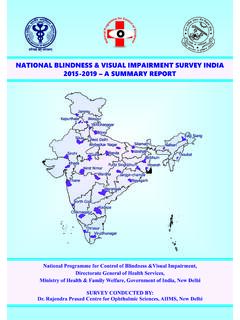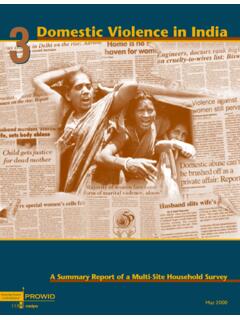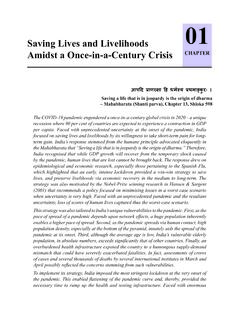Transcription of India Fact Sheet
1 Ministry of Health and Family Welfare National Family Health survey - 5. 2019-21. India Fact Sheet International Institute for Population Sciences (Deemed University). 1. Introduction The National Family Health survey 2019-21 (NFHS-5), the fifth in the NFHS series, provides information on population, health, and nutrition for India and each state/union territory (UT). Like NFHS-4, NFHS-5 also provides district-level estimates for many important indicators. The contents of NFHS-5 are similar to NFHS-4 to allow comparisons over time. However, NFHS-5 includes some new topics, such as preschool education, disability, access to a toilet facility, death registration, bathing practices during menstruation, and methods and reasons for abortion.
2 The scope of clinical, anthropometric, and biochemical testing (CAB) has also been expanded to include measurement of waist and hip circumferences, and the age range for the measurement of blood pressure and blood glucose has been expanded. However, HIV testing has been dropped. The NFHS-5 sample has been designed to provide national, state/union territory (UT), and district level estimates of various indicators covered in the survey . However, estimates of indicators of sexual behaviour; husband's background and woman's work; HIV/AIDS. knowledge, attitudes and behaviour; and domestic violence are available only at the state/union territory (UT).
3 And national level. As in the earlier rounds, the Ministry of Health and Family Welfare, Government of India , designated the International Institute for Population Sciences, Mumbai, as the nodal agency to conduct NFHS-5. The main objective of each successive round of the NFHS has been to provide high-quality data on health and family welfare and emerging issues in this area. NFHS-5 data will be useful in setting benchmarks and examining the progress the health sector has made over time. Besides providing evidence for the effectiveness of ongoing programmes, the data from NFHS-5 help in identifying the need for new programmes with an area specific focus and identifying groups that are most in need of essential services.
4 Four survey Schedules - Household, Woman's, Man's, and Biomarker - were canvassed in local languages using Computer Assisted Personal Interviewing (CAPI). In the Household Schedule, information was collected on all usual members of the household and visitors who stayed in the household the previous night, as well as socio-economic characteristics of the household; water, sanitation, and hygiene; health insurance coverage; disabilities; land ownership; number of deaths in the household in the three years preceding the survey ; and the ownership and use of mosquito nets.
5 The Woman's Schedule covered a wide variety of topics, including the woman's characteristics, marriage, fertility, contraception, children's immunizations and healthcare, nutrition, reproductive health, sexual behaviour, HIV/AIDS, women's empowerment, and domestic violence. The Man's Schedule covered the man's characteristics, marriage, his number of children, contraception, fertility preferences, nutrition, sexual behaviour, health issues, attitudes towards gender roles, and HIV/AIDS. The Biomarker Schedule covered measurements of height, weight, and haemoglobin levels for children; measurements of height, weight, waist and hip circumference, and haemoglobin levels for women age 15-49 years and men age 15-54 years; and blood pressure and random blood glucose levels for women and men age 15 years and over.
6 In addition, women and men were requested to provide a few additional drops of blood from a finger prick for laboratory testing for HbA1c, malaria parasites, and Vitamin D3. Readers should be cautious while interpreting and comparing the trends as some States/UTs may have smaller sample size. Moreover, at the time of survey , Ayushman Bharat AB-PMJAY and Pradhan Mantri Surakshit Matritva Abhiyan (PMSMA) were not fully rolled out and hence, their coverage may not have been factored in the results of indicator 12 (percentage of households with any usual member covered under a health insurance/financing scheme) and indicator 41 (percentage of mothers who received 4 or more antenatal care check-ups).
7 This fact Sheet provides information on key indicators and trends for India . NFHS-5 fieldwork for India was conducted in two phases, phase one from 17 June 2019 to 30 January 2020 and phase two from 2 January 2020 to 30 April 2021 by 17 Field Agencies and gathered information from 636,699 households, 724,115. women, and 101,839 men. Fact sheets for each State/UT and District of India are also available separately. India - Key Indicators NFHS-5 NFHS-4. Indicators (2019-21) (2015-16). Population and Household Profile Urban Rural Total Total 1. Female population age 6 years and above who ever attended school (%) 2.
8 Population below age 15 years (%) 3. Sex ratio of the total population (females per 1,000 males) 985 1,037 1,020 991. 4. Sex ratio at birth for children born in the last five years (females per 1,000 males) 924 931 929 919. 5. Children under age 5 years whose birth was registered with the civil authority (%) 6. Deaths in the last 3 years registered with the civil authority (%) na 7. Population living in households with electricity (%) 8. Population living in households with an improved drinking-water source1 (%) 9. Population living in households that use an improved sanitation facility 2 (%) 10.
9 Households using clean fuel for cooking3 (%) 11. Households using iodized salt (%) 12. Households with any usual member covered under a health insurance/financing scheme (%) 13. Children age 5 years who attended pre-primary school during the school year 2019-20 (%) na Characteristics of Adults (age 15-49 years). 14. Women who are literate4 (%) na 15. Men who are literate4 (%) na 16. Women with 10 or more years of schooling (%) 17. Men with 10 or more years of schooling (%) 18. Women who have ever used the internet (%) na 19. Men who have ever used the internet (%) na Marriage and Fertility 20.
10 Women age 20-24 years married before age 18 years (%) 21. Men age 25-29 years married before age 21 years (%) 22. Total fertility rate (children per woman) 23. Women age 15-19 years who were already mothers or pregnant at the time of the survey (%) 24. Adolescent fertility rate for women age 15-19 years5 27 49 43 51. Infant and Child Mortality Rates (per 1,000 live births). 25. Neonatal mortality rate (NNMR) 26. Infant mortality rate (IMR) 27. Under-five mortality rate (U5MR) Current Use of Family Planning Methods (currently married women age 15 49 years).
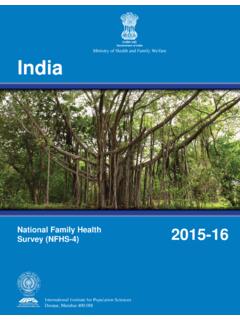

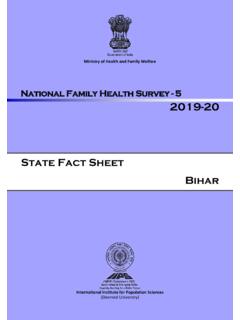
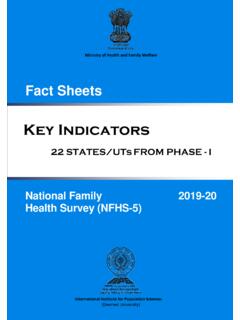
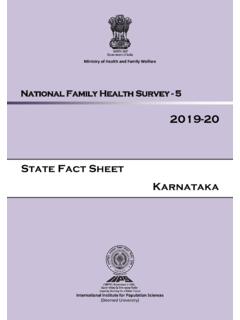

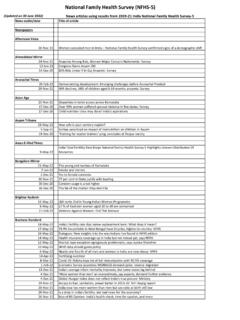
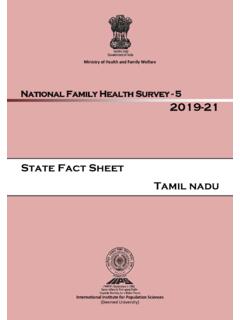
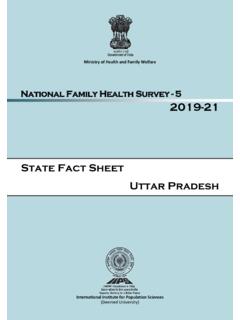
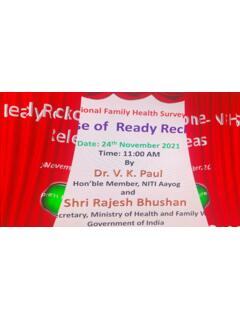
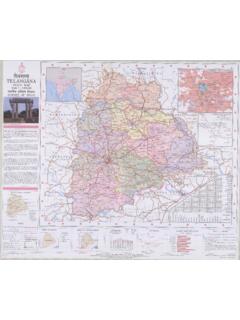
![Gender Equality and Women's Empowerment in India [OD57]](/cache/preview/0/7/f/d/9/7/1/6/thumb-07fd97166dd92c7359501888c42037d3.jpg)
